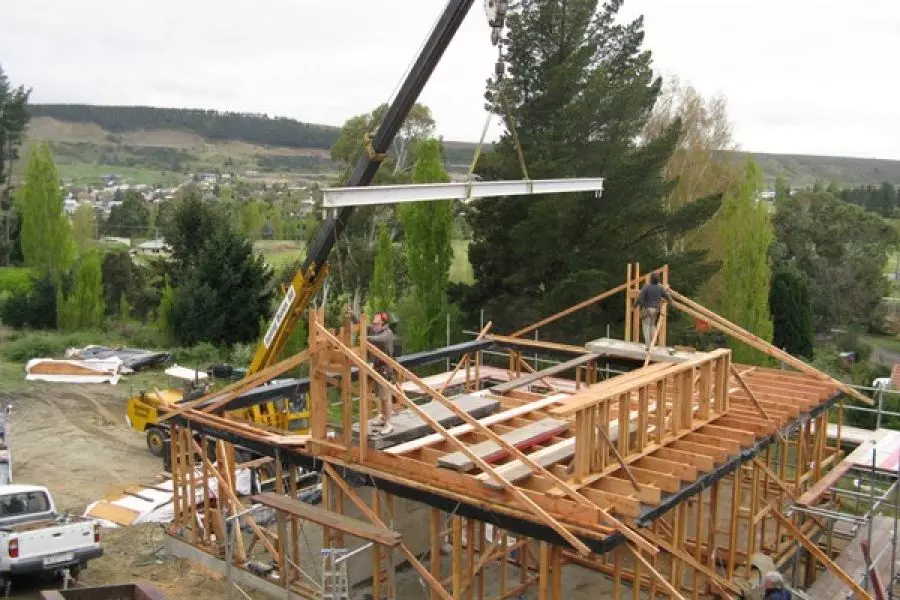News
High consent issuance not expected to continue

Tuesday 1st of September 2020
The number of new homes consented in July 2020 was 3,391, according to latest Stats NZ consents data.
It marked the third month in a row of relatively high numbers, after a fall in April during the alert level 4 lockdown. It also equated to over 10,000 new homes being consented in the last three months.
Stats NZ acting construction indicators manager Dave Adair says that’s...
Want to read the full article?
Click the button below to subscribe and will have unlimited access to full article and all other articles on the site.






![[The Wrap] Bye Bye Bayly](https://goodreturns.publit.io/file/c_fill,w_900,h_600/39f23ac1-f7c7-4854-b700-a150004ebbac.webp)


